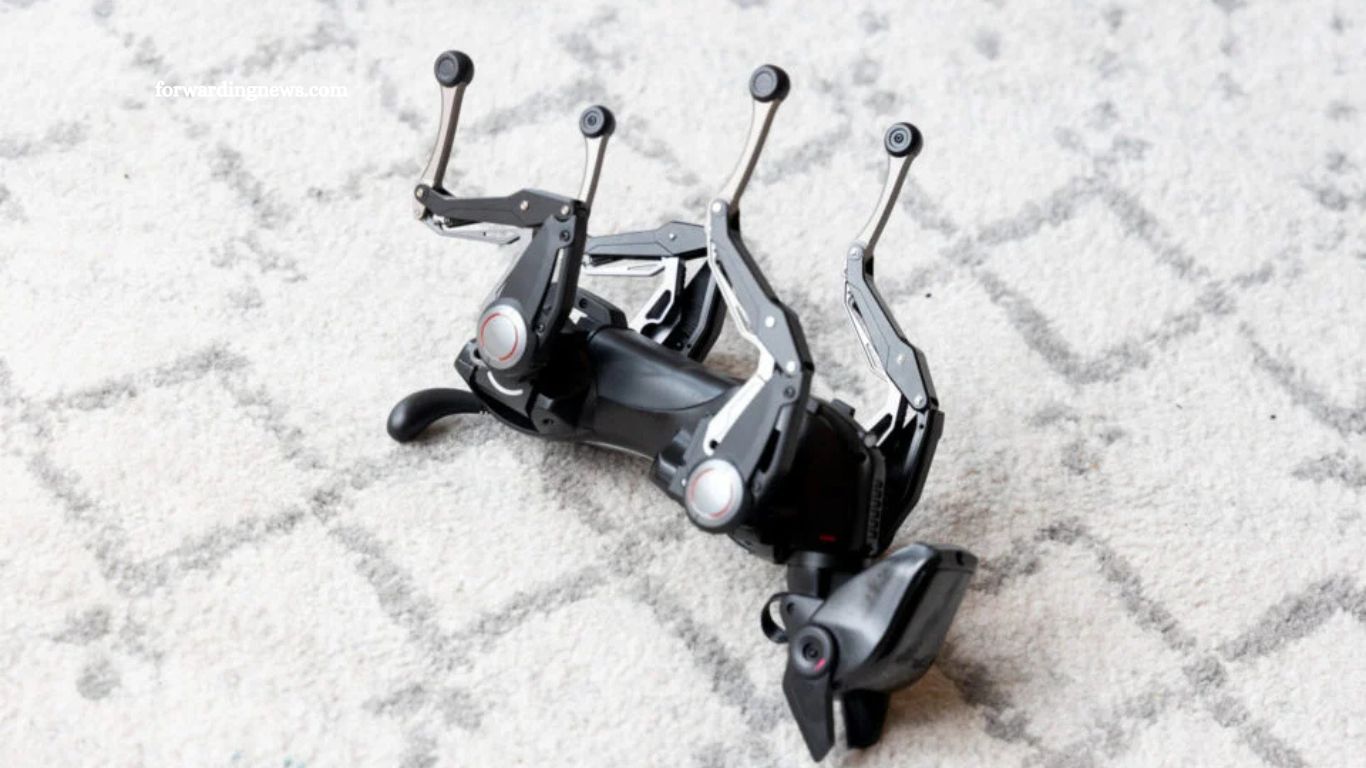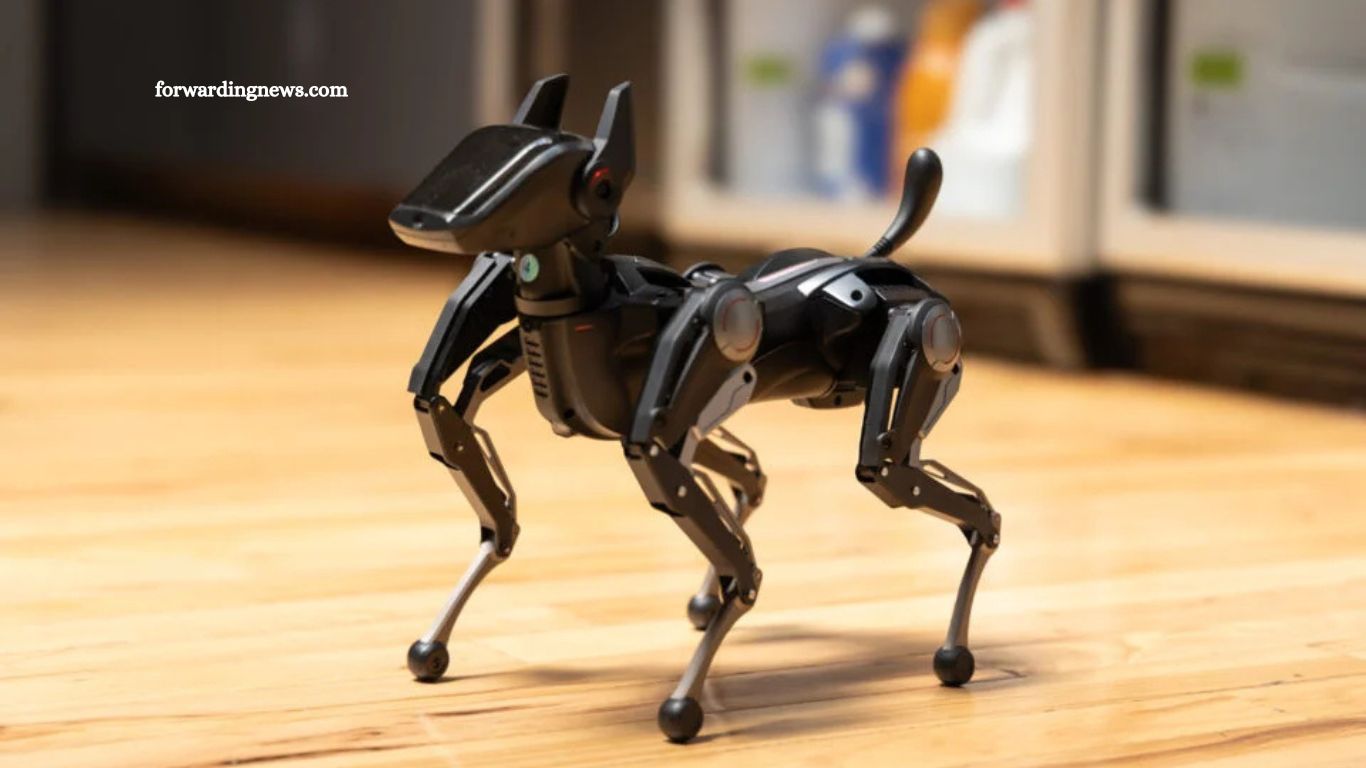In a world where artificial intelligence is rapidly entering our homes, Hengbot’s Sirius robot dog presents a unique proposition—a pet-like companion that doesn’t require feeding, walking, or vet visits. Priced at $1,200, Sirius promises the charm of a dog with the intelligence of a machine, equipped with voice command capabilities and AI-powered responses.
On paper, it sounds like a dream for busy professionals or tech enthusiasts seeking novelty without the mess of real pets. But does Sirius live up to its futuristic promise? While it can respond to commands, jump, and even meow, it also stumbles—literally. With frequent falls, connectivity issues, and underwhelming emotional appeal, Sirius raises the question: Is it a fun gadget, a flawed prototype, or simply a dog with no master?
Read More: Sam Altman on Musk’s Third-Party Plan: ‘Politically Homeless’ and Unsure
The Future of Pet Ownership, or a Walking Tech Demo?
Let’s be honest: real pets are great—adorable, loyal, and emotionally intelligent—but they also require time, care, and attention. In a world driven by productivity, AI, and corporate deadlines, who has the bandwidth for unconditional love?
Enter Sirius, a $1,200 robot dog by a little-known company called Hengbot. Designed for those who want a programmable, voice-responsive, AI-powered companion without the daily responsibilities of real pet ownership, Sirius aims to deliver both companionship and convenience. But does it succeed? Let’s dig into what Sirius offers—and where it stumbles.
A Legacy of Mechanical Canines
Sirius isn’t the first attempt at a robotic pet. It joins a lineage that includes names like Sony’s Aibo, Xiaomi’s CyberDog, and even vintage entries like Fisher-Price’s mechanical pets. One of the most memorably named entries in the space? A 1960 toy called Gaylord the Pup—yes, really.
Hengbot’s Sirius wants to push the category forward by combining robotics with AI. Built on large language models (LLMs) similar to ChatGPT, it responds to voice commands and offers limited autonomous behavior. In theory, it sounds promising. In practice, it’s a mixed bag.
Voice Commands: Functional, But Finicky
During a live demo, Sirius responded to simple commands like “sit,” “shake,” and even “pee” (for better or worse). These commands are triggered using the wake phrase “Hey, Sirius.” However, the similarity to “Hey, Siri” can confuse iPhones in the vicinity—something to keep in mind if you’re multitasking in a smart-device-filled home.
Unfortunately, voice commands require a Wi-Fi connection, and that’s where things get messy. Our review unit struggled with connectivity, so we weren’t able to fully test this feature outside the demo. Hengbot claims that production units will include an updated over-the-air (OTA) firmware, which may resolve these early issues.
Walking Like a Dog—Kind Of
When it comes to movement, Sirius tries hard to replicate dog-like locomotion. Using actuators and game controller navigation, the robot can jump, sit, and perform directional walking. But let’s be clear: walking is not its strength.
Sirius frequently topples over, especially when attempting side-steps or transitioning between commands. And unlike real dogs, this robotic pup struggles to get back up unassisted. Much of our testing time was spent helping it recover from its own missteps.
This undermines its purpose as an autonomous companion. For something billed as interactive, it shouldn’t need so much human intervention just to stay upright.
The Experience: Novel, But Not Fully Baked
Even with its flaws, Sirius has a few features worth noting:
Pros:
- Impressively realistic dog-like movement (when it works)
- Integration with voice AI and natural language processing
- Game controller for manual control and playful actions
Cons:
- Falls over frequently and can’t self-correct
- Spotty Wi-Fi and connectivity issues
- Voice recognition lacks accuracy
- Aesthetically underwhelming—not especially “cute”
Sirius can perform gimmicky tricks like sitting, jumping in different directions, and even meowing like a cat. While these moments bring a brief spark of amusement, they’re not enough to create an enduring sense of fun or value.
Design and Appearance: Uncanny and Impersonal
Sirius doesn’t exactly scream “adorable companion.” It resembles a cross between Boston Dynamics’ Spot and a DJI drone, with a single robotic eye that feels more surveillance-bot than cuddly friend.

There’s a slight uncanny valley effect at play here—Sirius moves like a dog, but it doesn’t feel like one. And in contrast to consumer-friendly pets like Sony’s Aibo, it lacks personality. The result is a robot that looks like it wants to be both toy and tool, but ends up falling short on both counts.
So Who Is Sirius For?
That’s the million-dollar (well, $1,200) question. Is it a toy? A programmable educational device? A tech novelty for enthusiasts? As it stands, Sirius doesn’t clearly fit into any category.
- It’s not cute enough to appeal to kids or casual users.
- It’s not capable enough to be a true productivity tool.
- And it’s not reliable enough to feel like a meaningful pet alternative.
Without a clear value proposition or purpose, Sirius risks becoming a fascinating but forgettable gadget. A cool conversation starter, perhaps—but not something most users will find essential.
Final Verdict: A Robot Dog Without a Leash—or a Purpose
Sirius tries to do a lot—talk, walk, respond, entertain—but it ends up feeling like a prototype in need of refinement. Its unreliable movement, spotty AI interactions, and lack of emotional appeal make it difficult to recommend, even to robot lovers.
Is it an exciting concept? Absolutely. Could it become something special with future updates and design iterations? Possibly. But for now, Sirius feels less like man’s best friend and more like a quirky intern who talks back, trips over their own feet, and can’t quite find their role in the office.
Still, some dogs are born to roam. Maybe Sirius just hasn’t found its home yet.
TL;DR
- Sirius is a $1,200 robot dog with voice control and AI features.
- It can perform basic actions like sitting, jumping, and meowing.
- Voice recognition and movement are currently inconsistent.
- Design lacks emotional connection and charm.
- A fun idea, but not yet a practical or lovable companion.
Frequently Asked Questions
What is Sirius the robot dog?
Sirius is a $1,200 AI-powered robot dog developed by Hengbot. It features voice command capabilities, autonomous movement, and game controller support.
Can Sirius understand voice commands like a real assistant?
Yes, Sirius uses large language models (LLMs) to process simple voice commands such as “sit,” “shake,” and “pee.” However, performance may vary due to connectivity or recognition limitations.
Is Sirius a toy or a functional pet alternative?
Sirius exists somewhere between a toy and a smart companion. It mimics dog-like behaviors but lacks the reliability, emotional appeal, and practical use of a real pet or advanced smart robot.
What are the main pros and cons of Sirius?
Pros include dog-like movement and voice AI.
Cons include frequent falls, unreliable voice control, and underwhelming design.
Who is Sirius ideal for?
Sirius may appeal to tech enthusiasts or developers curious about robotics and AI. However, it may not satisfy users seeking a pet alternative, reliable home assistant, or educational tool.
Conclusion
Sirius, the $1,200 robot dog from Hengbot, is an ambitious attempt to blend artificial intelligence with playful robotics. It offers a glimpse into a future where AI-powered companions could coexist with—or even replace—traditional pets. However, in its current form, Sirius struggles to define its purpose. Its voice recognition is inconsistent, its movement is unreliable, and its design lacks emotional warmth.
While it may spark interest among tech enthusiasts and early adopters, Sirius ultimately feels more like an experimental prototype than a practical companion or entertaining toy. Until significant improvements are made, Sirius is best seen as a novelty rather than a necessity.

